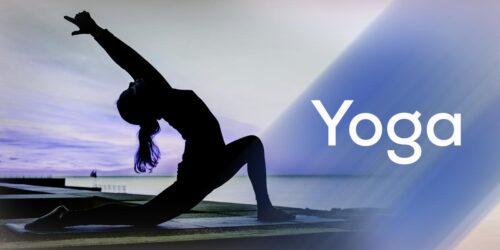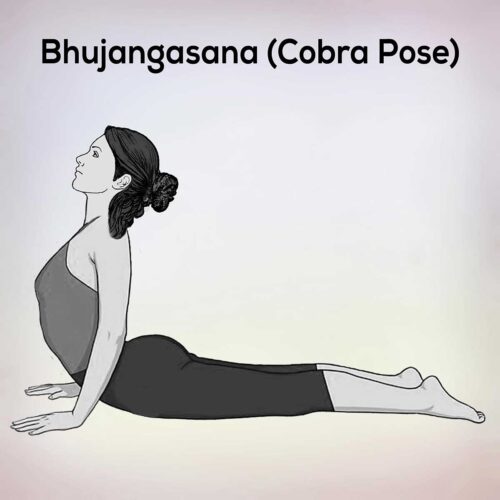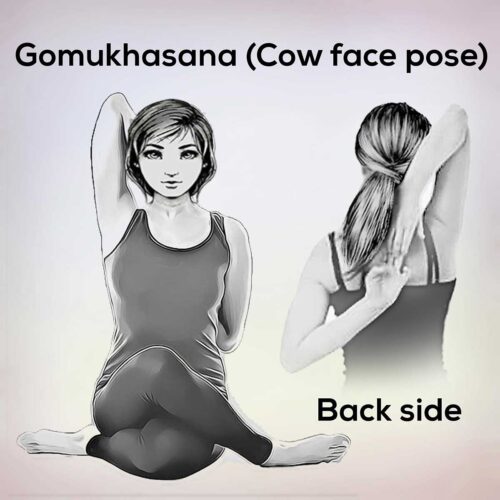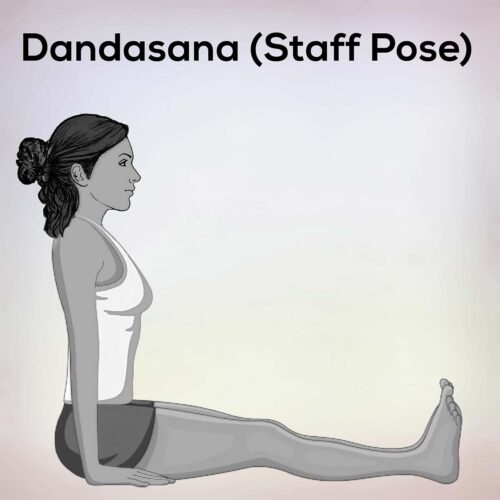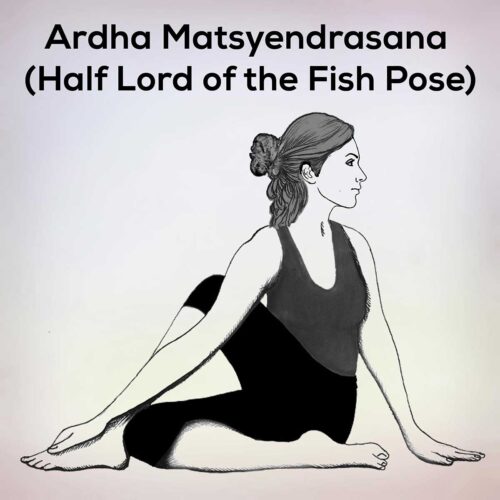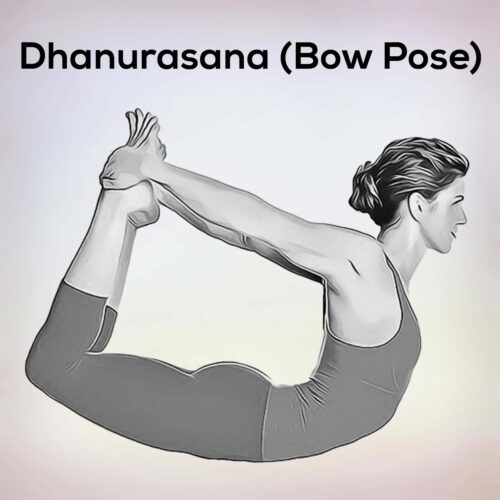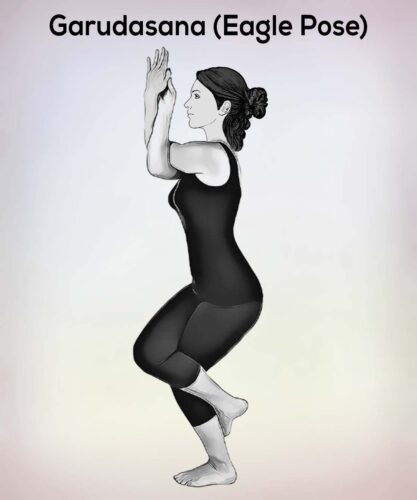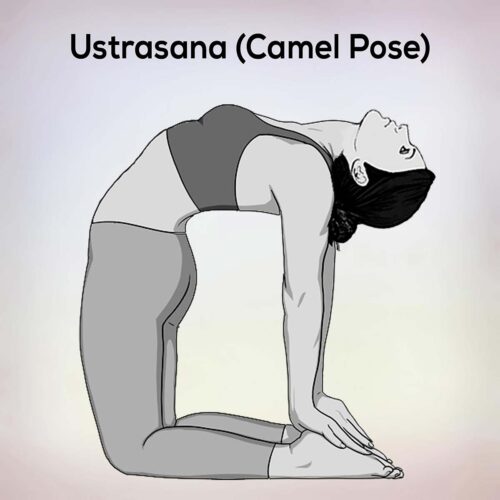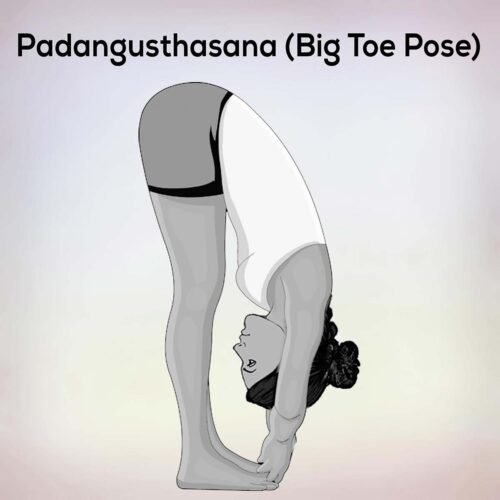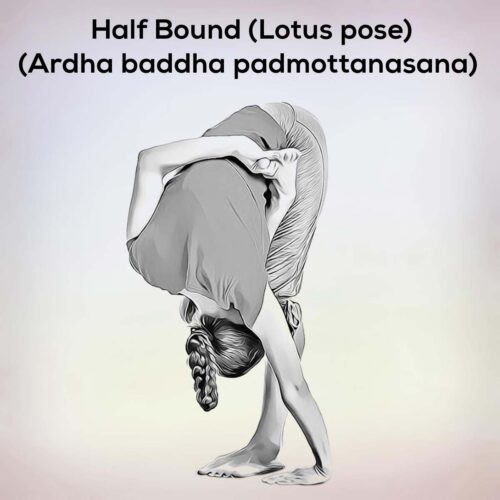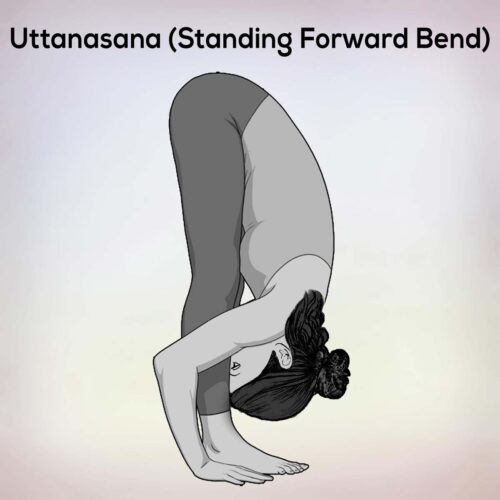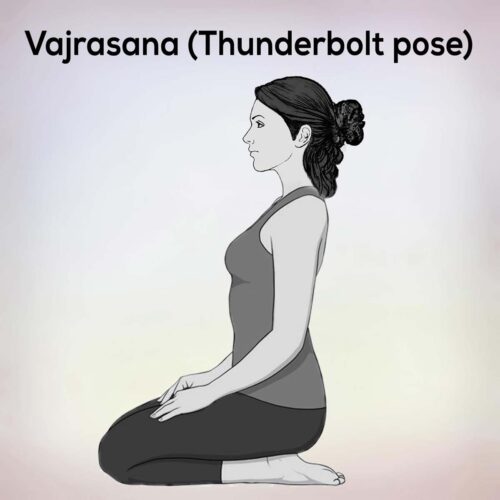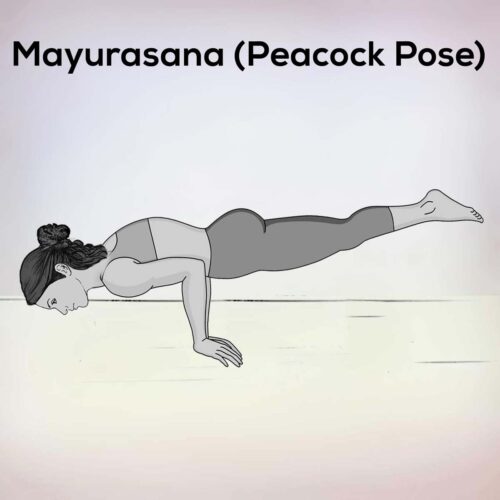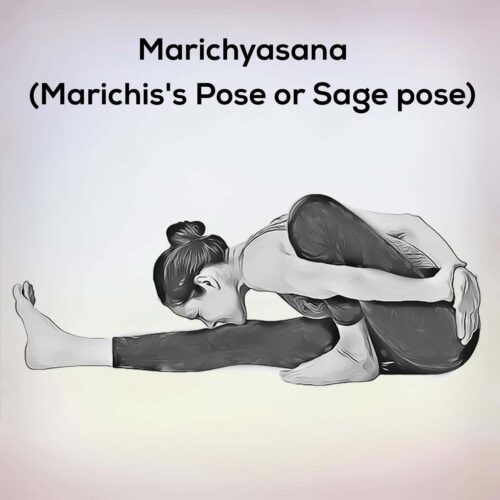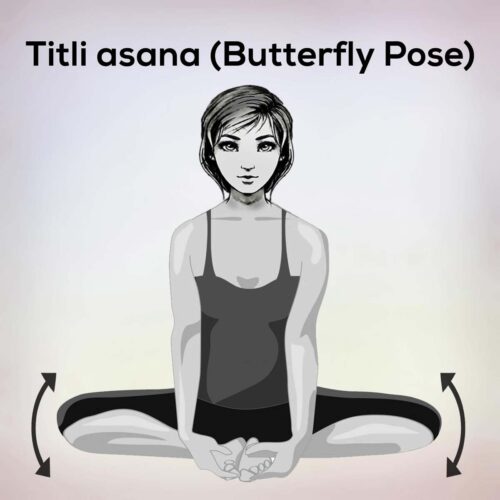Yoga Poses
What is Yoga?
Yoga means to join, which is derived from the Sanskrit word yuj. Yoga is a healthy way of life, which originated in India. It is now believed to be a form of science accepted worldwide. Good health is the right of every human being. But this right depends health is a positive concept. Positive health not only means freedom from disease but, it also includes a happy and energetic sense of well-being with ease of normal resistance and ability.
Yoga Mudras (Hast Mudras): Mudra therapy is a non-medical mode of treatment that helps without causing harm. Mudras are various postures of fingers and thumbs. In Mudra therapy, various diseases are treated and treated by holding fingers and thumbs in different ways. It is the simplest remedy that surprisingly restores the state of balance in the body and increases the level of resistance of the performers.
Importance of Yoga
Cultivate immunity against specific invasive agents. There are many modern and indigenous methods and disciplines that can help us fight diseases successfully. For example, Yoga, Naturopathy, Ayurveda, Unani, Homeopathy, and Allopathic. One of the most remarkable medication-free arrangement of yoga treatment. It’s been Its concept of welfare which has been scientifically understood and presented by many. Yoga can be adopted as a lifestyle to promote our physical and mental health.
Yoga aims to encourage positive and healthy lifestyles for physical, mental and emotional health. Yoga helps in the development of strength, endurance, Endurance and high energy at the physical level. It empowers itself. Mentally leading levels to inner and outer harmony with increased concentration, peace, tranquility and satisfaction.
For a normal person, yoga includes the practices of Yama, niyama, asana, pranayama, pratyahara, kriya, mudra, bandha and meditation which are helpful to keep oneself mentally fit.
Due to the increasing awareness, the last decade has seen a resurgence in yoga practices not only in India but across the globe. Many new methods of yoga have developed. They have a more scientific outlook and adapt to the modern lifestyle; So if you are one, you can relate to these processes and reap the benefits.
Types of yoga poses
Yoga or yoga asanas can be done based on the need to focus in different types and the technique of practice. Some yoga methods are more in spiritual connection. Others focus on increasing body and mind power. So, one needs to choose according to his personal requirements. Let us investigate some traditional kinds of yoga:
Raja Yoga: Raj Yoga means ‘Royal path’. It is also known as ‘Ashtanga Yoga’, it consists of 8 branches, which gradually lead to the overall development of the individual. These eight branches are as follows:
- Yama (self- control)
- Niyama (self-discipline)
- Asana (physical exercises)
- Pranayama (breath exercises)
- Pratyahara (controlling your senses)
- Dharana (meditation)
- Dhyana (concentration)
- Samadhi (complete realisation)
Raj Yoga helps calm the mind and relax the body. If you want to increase your concentration and clarity then this can be a good option.
Gyan yoga: Gyan yoga is yet another traditional method that helps to focus and improve mental abilities. However, it is considered one of the most difficult ways of doing yoga as it requires a lot of patience.
Bhakti yoga: Bhakti yoga, as the name suggests, is actually the path of devotion. However, like chanting yoga, it helps improve concentration, and in controlling your emotions and senses. This path leads us to self-sufficiency, mental peace, and universal tolerance. It also helps in finding subconscious issues so that they can be resolved easily.
Karma Yoga: Karma Yoga, which focus on a person’s attitude towards life and how to treat people around him. Karma Yoga works on the idea that everything we have or are facing today is actually revealed by our past deeds. Whenever we practice selflessly, bow down to our ego and try to serve others, we are indeed on the path of Karma Yoga.
Japa yoga: Japa is a Hindi word which means repetition. This type of yoga includes repetitive chanting and remembrance of the Almighty. Although it is more spiritual in nature, chanting yoga is said to increase concentration and meditation.
Modernization of yoga
Traditional techniques for yoga don’t generally fit into the modern paradigm. Therefore, in the 21st century, yoga techniques have been modified to suit a fast-paced lifestyle. Yoga is no longer a traditional practice, it has become a very large industry. Let us take a look at some modern versions of yoga:
Power yoga: It is a type of Ashtanga yoga that focuses solely on physical fitness. In this technique, ashtanga asanas are performed with more speed with some additional core exercises. The repetition or sequence of exercises also varies according to individual needs and sometimes Power Yoga is also done with music or beats. Regular practice of Power Yoga leads to an internal increase in warmth, stamina, meditation, strength, and flexibility. Apart from this “Power Yoga” also helps in increasing the focus and balance of the body.
Hot yoga: It is a type of Hatha yoga, which is practiced in hot and humid conditions. It is also known as Bikram Yoga, after the name of its explorer Bikram Chaudhary. Hot yoga improves lower body strength, lower and upper body movements and balance in healthy adults. Furthermore, in the case of the chronic obese population, hot yoga improves glucose tolerance levels.
There are many other benefits to this yoga as well, with the belief that it reduces weight while performing. Temperature and humidity, as well as rapid postures, greatly increase its efficiency; However, to date there has been no scientific study on it.
Yin Yoga: Another modern type of yoga is Yin Yoga. In this type of yoga, the body is allowed to rest in a fixed position, so that the mind is focused on the asana and is more present at this time. Experienced physicians can sit in the same position for up to an hour, which can lead to an improvement in body and better tolerance. If sitting is still a problem for you, yin yoga can also be done with some light music.
Benefits of Yoga
Yoga gives both momentary satisfaction and long-term health benefits. Research studies indicate that regular practice of yoga is not only effective in reducing the risk of physical and mental illnesses but it also helps in improving the quality of life. In fact, it has been suggested to be the most cost-effective method used for behavioral therapy as well as to create a sense of self-confidence and self-reliance in people.
It is also beneficial in improving physical posture and metabolic functions in the body. In addition, yoga and meditation have no side effects if done properly and under the guidance of an experienced professional. So, it is definitely worth a try.
Common Yoga poses Rules
Yoga can be really beneficial if included as a part of daily routine. It can help you get rid of illness and stress but only if performed properly. There are some rules for practicing yoga, if you follow them, they will definitely benefit you and give you the best results.
- This means cleanliness. This yoga is a necessary condition of performance. This means that you need a clean environment to do yoga. Your body and mind must also be clean enough to do yoga. Empty your bladder and bowel before starting a yoga practice.
- In addition to cleanliness, a calm and serene environment is also necessary.
- While doing yoga asanas, light cotton clothes should be preferred as they are more comfortable and provide motion to the body.
- It is advised not to practice yoga if you are sick or tired.
- People with certain diseases such as high blood pressure glaucoma sciatica and pregnant women should consult a specialist before performing any asana.
- Also, women should avoid doing certain yoga asanas during menstruation.
During the practice
Yoga time: The best time to practice yoga is 1 or 2 hours before sunrise. If it is not possible for you to practice it in the morning, then you can do it in the evening as well. In addition, to maintain a regular yoga practice the following points should be kept in mind:
- Choose a specific time for your yoga sessions. Gradually, your body will adapt and be ready to workout in advance.
- Practice yoga on yoga mats only. Very hard or very soft surfaces are not considered good for yoga practice.
- You can also practice yoga in the park or at home. However, you should keep in mind that the environment around you should be clean and well ventilated.
Mental state for yoga: Yoga has the potential to improve your physical as well as mental condition. It has been shown to be really effective in reducing anxiety and stress levels and can help reduce depression. For better results, what should be your mental state before starting your yoga practice:
- Try to focus your mind on the practice you are practicing. Also, focus on the part of the body for which you are practicing that particular exercise. This will not only help you to be present in the moment but it will also make you aware of any physical problem in your body.
- Think positive and optimistic thoughts.
- Try to disconnect yourself from the outside world and focus more on your inner self.
- Remember, you should not be mentally tired before practicing yoga, otherwise you will not be able to concentrate on the practice. And even if you feel tired, try and practice a state of rest and exercise first.
- It is very important to maintain breathing patterns while exercising. It improves brain function and overall brain function, along with improving oxygen supply to your body tissues.
- And finally, stay be patient while practicing yoga. It takes some time and a lot of practice to master some asanas. This is not a race, so don’t push yourself.
Physical condition for yoga: Apart from mental state, attention should also be paid to the physical needs of yoga. Different yoga techniques demand a different physical condition. For this follow the yoga protocol properly. With the protocol, also remember the following points:
- Start Yoga asana with prayer to calm your mind.
- Initially do simple asanas so that your mind can focus on its breath and body.
- Do not hold your breath unnecessarily. Note that you need to breathe through the nostril and when it is through the mouth. To learn breathing techniques properly you need to trust your body.
- While doing yoga, do not hold your body too tightly. Also, do not give your body any sudden jerk, instead, try to do your body smoothly and slowly in all movements.
- Know your capacity and do not push or overexert your body.
- Resolution or meditation should be done at the end of the entire exercise.
After practice
- Take a bath 20-30 minutes after completing your yoga practice
- Have your food after taking a bath
Yoga poses tips for beginners
If you are new to yoga and are planning to learn it, here are some points that you should keep in mind.
1)- Practice only those asanas that are easy for you. At all times, maintain a rhythmic breathing pattern.
2)- Do not force your body to do some exercise. Maintain your level of comfort.
3)- Try to maintain a pause between the two asanas. After every posture, relax for a few seconds. However, after being well trained you can cut the duration.
4)- Most yoga asanas have easy modifications for those who lack flexibility or are new to it. You can examine them to relax your body in the posture over time.
5)- Instead of performing random asanas, make a series of asanas that merge into each other, for example, the Surya Namaskar series of asanas. In this way every previous posture will prepare your body for this. Next posture, it looks easy.
Take care for good yoga poses practice
- It is generally believed that women should not practice yoga during their periods. However, there is no firm guideline about this. According to your physical fitness and ability, talk to a yoga teacher to find out the right posture you can do during your asana.
- If you are pregnant, it is recommended that you practice yoga under the guidance of trained personnel or gurus.
- Children under 10 years of age should only practice easy asanas.
- Maintain a balanced diet and eat healthy and nutritious food.
- Smoking should be strictly avoided.
- Get at least 7-8 hours of sleep. Along with nutritious food and exercise, the human body also needs proper rest. It is significant that you get sound sleep and avoid staying up late into the night.

